Picture this: a ghost-like shadow slipping through moonlit forests, silent paws barely disturbing fallen leaves, eyes gleaming like golden coins in the darkness. Wild cats have mastered the art of staying hidden from human eyes, making them some of nature’s most mysterious creatures.
These eight remarkable felines have evolved incredible abilities to vanish into their environments. Some survive in the planet’s harshest conditions, while others have populations so small they’re practically mythical. Each species represents millions of years of evolution, yet many teeter on the edge of extinction due to habitat loss, climate change, and human interference.
So let’s dive into the secretive world of these extraordinary cats and discover what makes them so incredibly elusive.
The Iriomote Cat: Japan’s Living Treasure
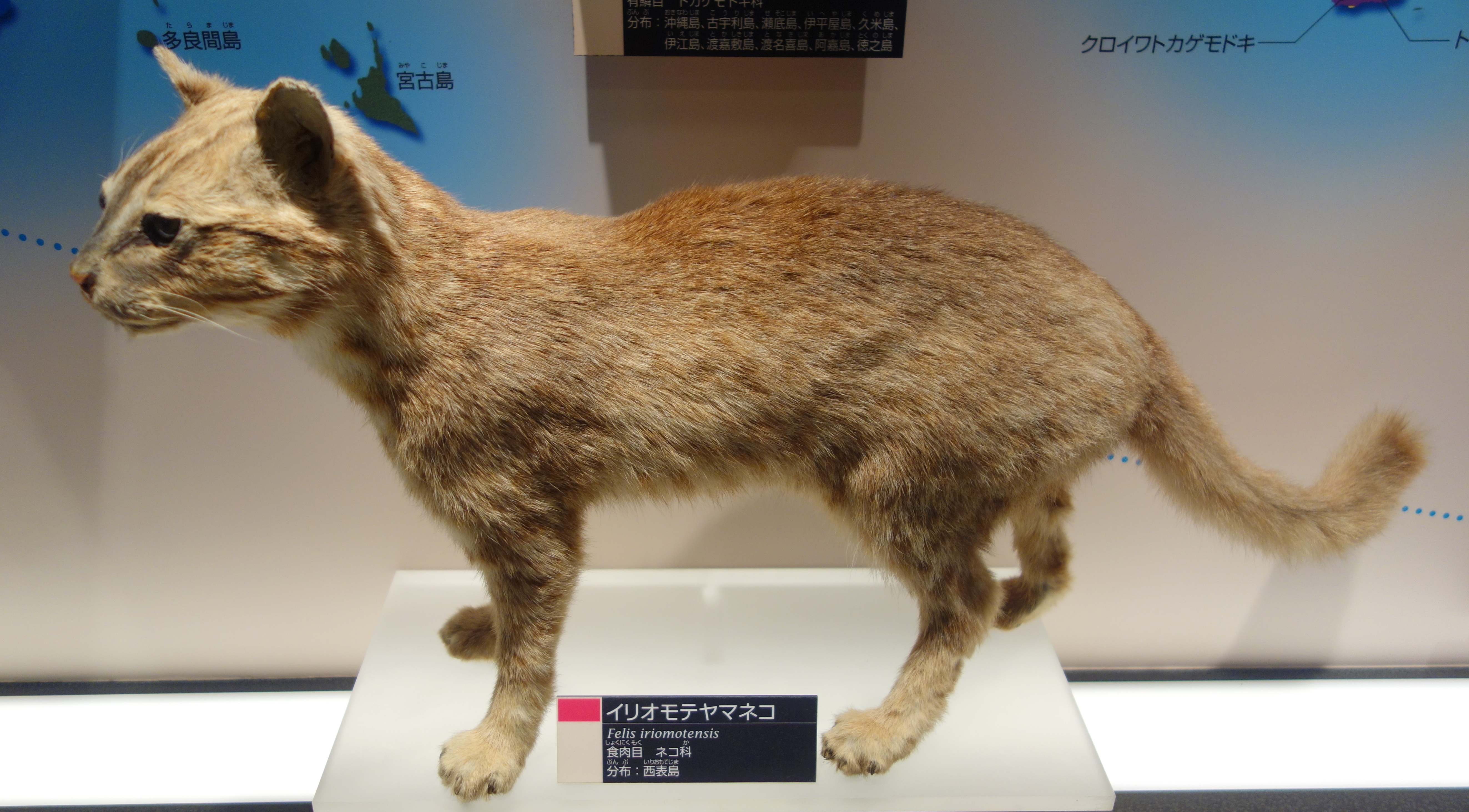
The rarest cat in the world is the Iriomote Cat. A subspecies of the Leopard Cat, this cat lives only on the small and remote Japanese island of Irimote. There are thought to be as few as 100 left in the wild and the population is declining. The sort-of Tabby-looking kitties are thought to be “mainly terrestrial and hunt by night,” with a varied diet consisting of everything from crab to wild pigs.
What makes this cat truly special isn’t just its rarity. These cats are incredibly intelligent, too. While spending the majority of their time alone, they practice swimming and even catching fish with their little paws. Their preferred habitat is the lower elevations of the island, amongst wetlands, rice paddies, small hills, and even beaches. Their diet is very varied and includes crabs, bats, and frogs, as well as the expected rodents and other small mammals.
The Iriomote Hotel notes that some staff have been lucky enough to find the rare cat’s footprints and markings nearby – though seeing one in person is quite the quest. In the name of good luck, these felines sure make you work for it. They’re not easy to find.
The Bay Cat: Borneo’s Vanishing Mystery
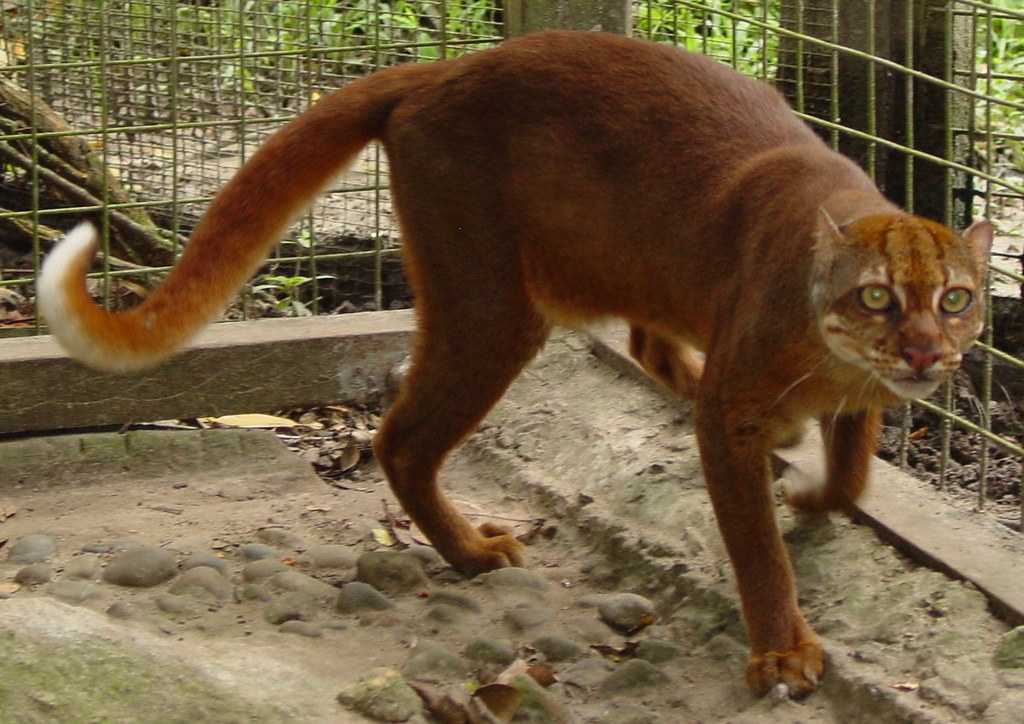
The endangered Borneo Bay cat is the holy grail of the wild cat world. The Bay cat falls into the Endangered animals’ list as it is estimated that there are fewer than 2,500 mature individuals throughout their habitat. The Bay cat is also known for its enigmatic behavior – camera trapping surveys during 2003-2006 yielded a single picture with the Bay cat in it.
Borneo bay cats are nocturnal and very secretive, and they live only on the island of Borneo. They have traditionally been a rarer animal, even in pristine habitats, but because of extensive deforestation, their already-sparse population is projected to decline 20% by the year 2020. There are likely less than 2,500 mature individuals in the wild, and there are currently no bay cats in captivity.
It is in fact so elusive that after its discovery it was lost to science for more than 60 years. Looks-wise it is very striking, with vibrant chestnut fur and bright yellow eyes. Due to the lack of data we have about it, the threats it faces are not well known, but it is assumed to be vulnerable to many of the pressures faced by Bornean wildlife, including deforestation due to palm oil plantations, and the illegal wildlife trade.
The Amur Leopard: The Ghost of the Far East
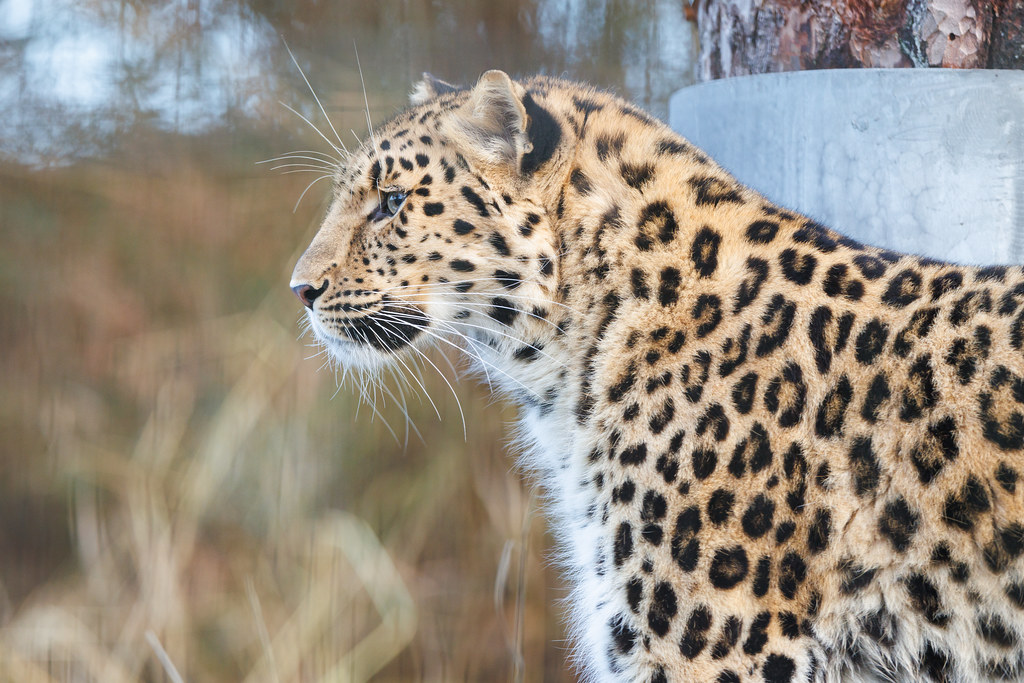
In the remote mountains of southeastern Russia and northeastern China – where winters are long and brutal and snow blankets the ground for months – lives one of the rarest big cats on Earth: the Amur leopard (Panthera pardus orientalis). With likely less than 200 left in the wild, the Amur leopard could be the most endangered big cat on Earth.
Thick, luscious, black-ringed coats and a huge furry tails they can wrap around themselves to keep warm. During the harsh winter, the hairs of that unique coat can grow up to 7cm long. Named after the Amur River, a body of water that runs along the border of both countries, these cats are well adapted to this harsh environment. Their soft, dense fur keeps them warm in the bitter cold, and their large paws work like snowshoes to let them walk on snow without sinking.
Once reduced to fewer than 30 individuals in the wild, the Amur leopard population has shown cautious signs of recovery. As of 2023, roughly 130 adult and subadult individuals exist, thanks to transboundary cooperation between China and Russia, protected areas like Land of the Leopard National Park, anti-poaching patrols, and an expanding captive breeding program.
The Andean Cat: High Altitude Phantom
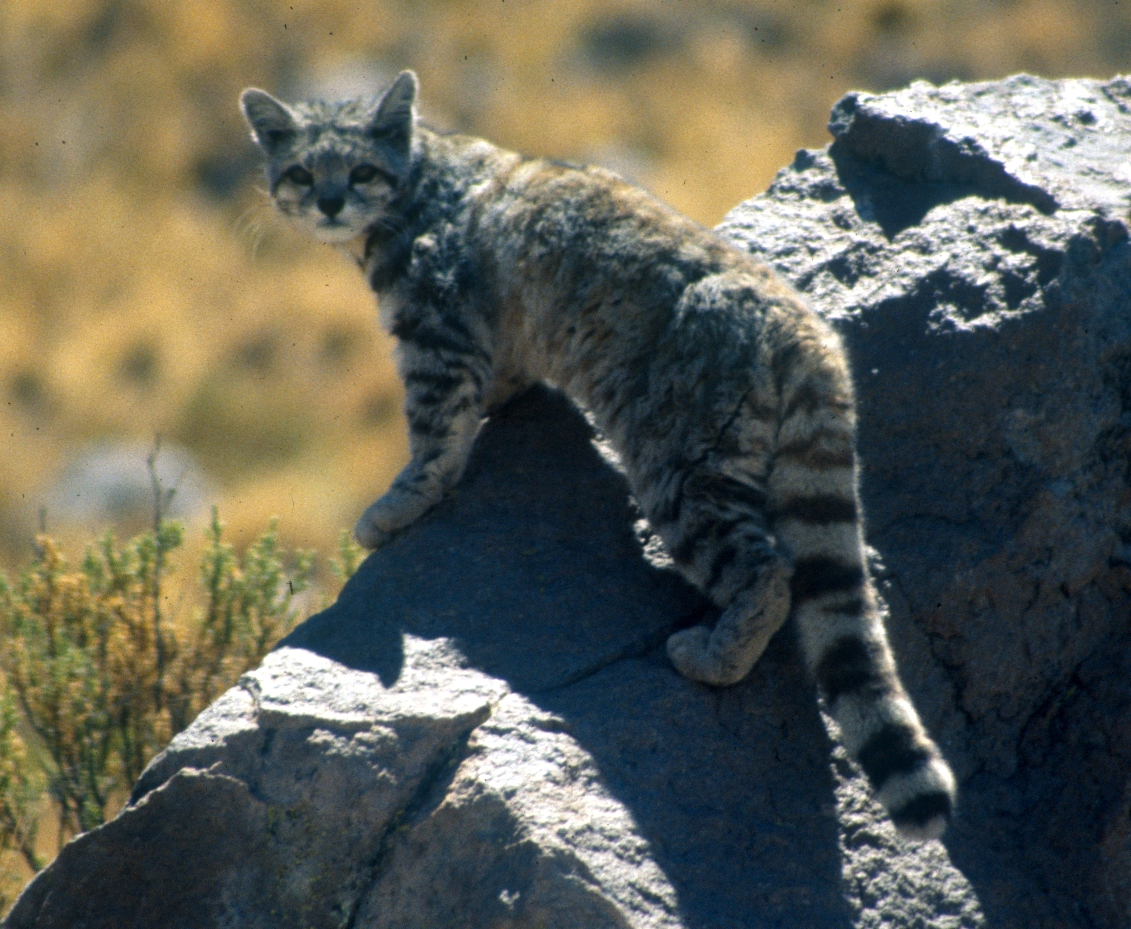
Most AGA staff members have never laid eyes on an Andean cat – it is so scarce and elusive that it is almost a ghost. This small, sturdy cat is difficult to find – there have been only ten recorded sightings in 25 years – and even harder to study. It is considered the most threatened feline in the Americas and is counted among the five most endangered .
This elusive species is native to the Andes Mountains in South America, found at elevations from 650 metres to more than 4,400 metres. Its habitat is extreme: it’s arid, the temperatures can be very low and the terrain extremely steep. With a body of about 60 centimetres long, this feline is larger than a domestic cat and the pampas cat, which it’s sometimes mistaken for.
The IUCN lists this wild cat as Endangered, with fewer than 2,500 mature individuals in the wild. A reduction in prey, habitat loss and fragmentation, and hunting are threats to this species. The Andean mountain cat mostly eats rodents. Around 50% of its diet is made up of mountain viscachas, a long-eared rodent that looks a little like a rabbit.
The Andean cat represents all that is wild in the Andes, and by conserving it we are preserving one of earth’s last wild places, the expansive high-altitude Andean mountain habitat.
The Flat-Headed Cat: Southeast Asia’s Water Specialist
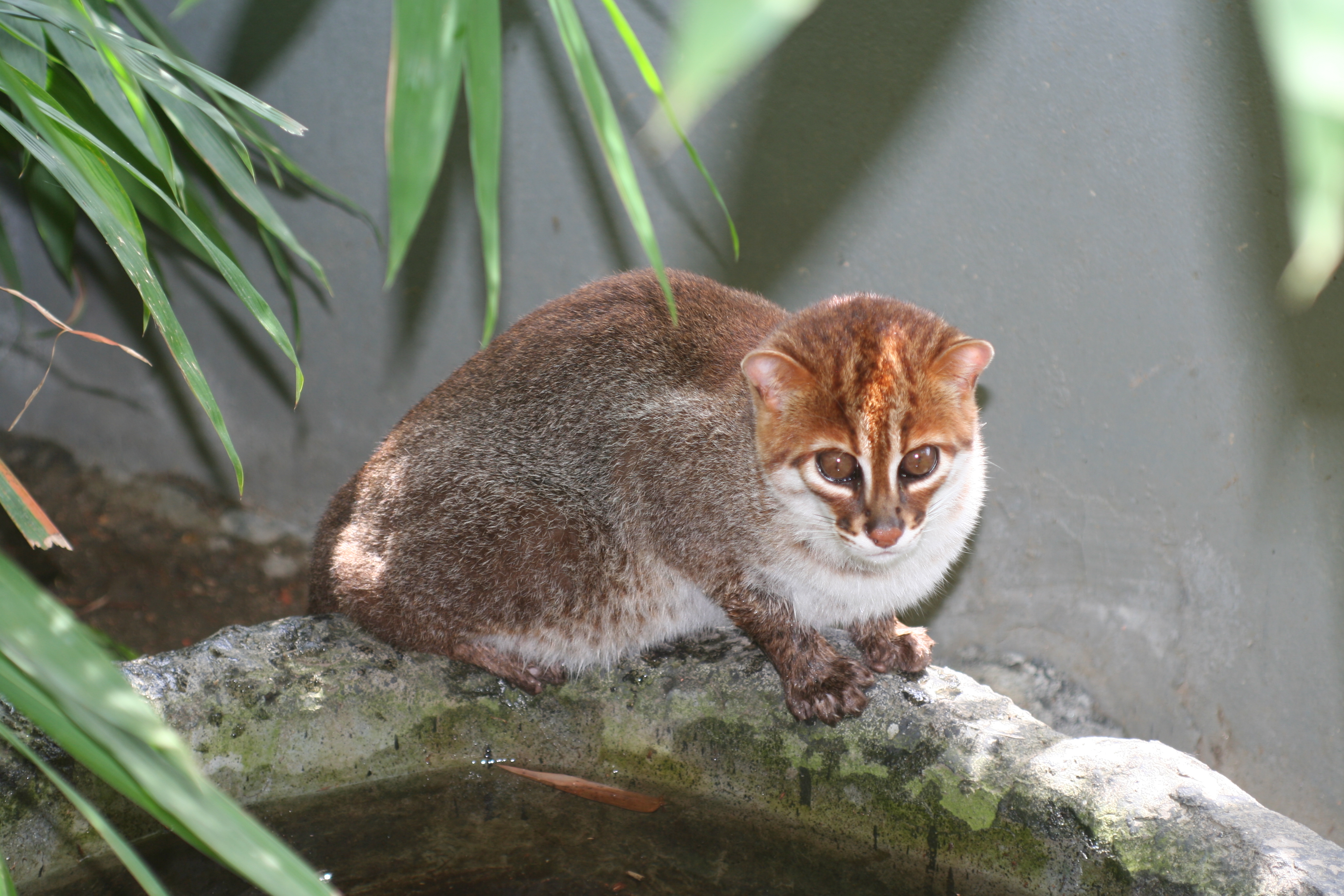
The flat-headed cat, which is about the size of a house cat, is one of the most elusive cat species and is listed as endangered by the International Union for Conservation of Nature (IUCN). The Flat-headed cat is another specimen on our list that is fond of fish. Unlike most wild cats, this extraordinary feline has adapted to a semi-aquatic lifestyle.
These remarkable cats inhabit wetlands, mangroves, and riverine forests across Southeast Asia, particularly in Malaysia, Thailand, and Brunei. Their webbed paws and specialized teeth make them excellent at catching fish, frogs, and crustaceans. Their flat skull gives them their distinctive appearance and helps them navigate through dense vegetation near water sources.
The flat-headed cat faces severe threats from habitat destruction, particularly the conversion of wetlands for agriculture and urban development. Palm oil plantations have devastated much of their natural habitat, making encounters with these elusive cats increasingly rare.
The Chinese Mountain Cat: Mystery of the Tibetan Plateau
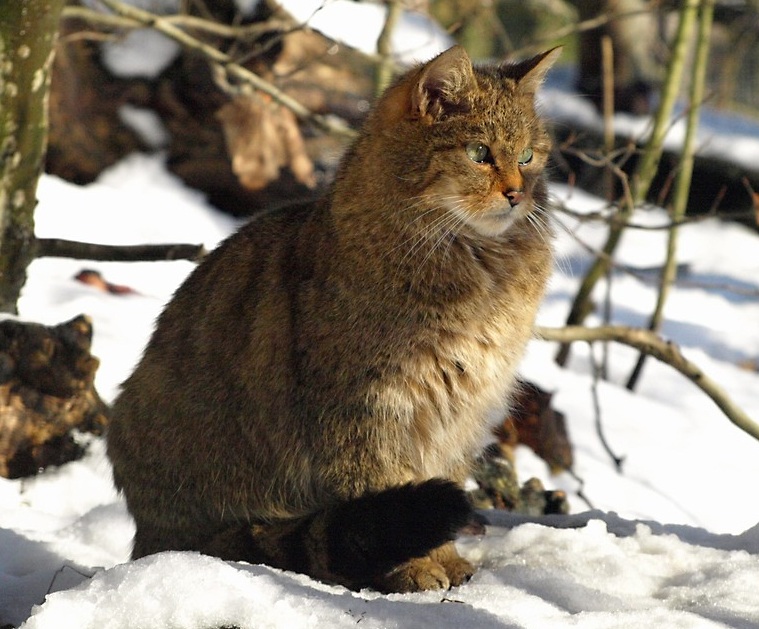
The Chinese Mountain Cat is endemic to China and lives on the north-eastern edge of the Tibetan Plateau. Until 2007 when camera traps pictured a wild specimen, Chinese Mountain Cats were only known by the six individuals living in Chinese Zoos. This remarkable fact highlights just how elusive these cats truly are.
Found exclusively in the high-altitude grasslands and scrublands of western China, these cats have remained one of the least studied wild felines in the world. Their thick, yellowish-grey coat helps them blend perfectly into the rocky terrain and sparse vegetation of their mountainous home.
Living at elevations between 2,800 to 4,100 meters, Chinese Mountain Cats face extreme weather conditions year-round. They primarily hunt pikas, small voles, and ground-dwelling birds. Climate change and increased human activities on the Tibetan Plateau pose significant threats to their survival.
The Pallas’s Cat: The Grumpy Steppe Dweller
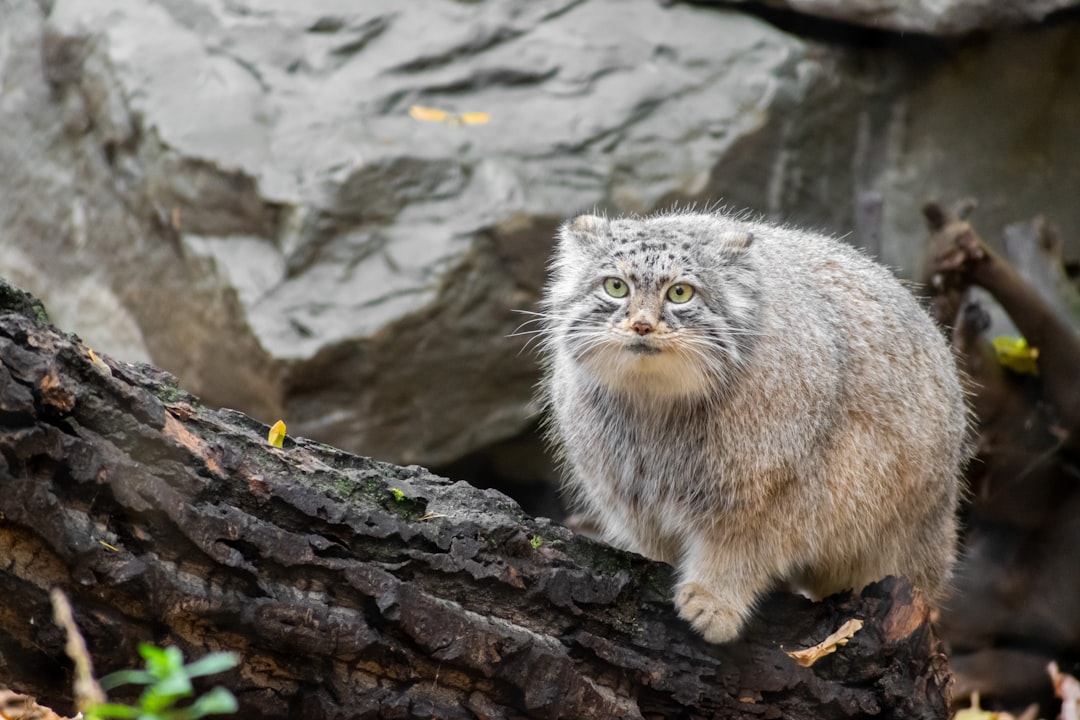
Pallas’s cats (Otocolobus manul) are among the world’s least studied wild felines and are rarely photographed. Pallas’s cats are small and stocky. They’re also not very fast, preferring to hide rather than running away from predators. Pallas’s cats, Otocolobus manul, are a small, stocky species about the same size as a domestic cat.
These cats are found in central Asia, usually in high-altitude grasslands and shrublands. They’re often found around rocky areas and places where there’s enough vegetation cover to hide them from predators as they move around their habitat. Rather than running away, Pallas’s cats prefer to hide from predators using their ash grey fur as camouflage or taking refuge in rocky areas and animal burrows.
Pallas’s cats diverged from the leopard lineage about 5.2 million years ago, making them one of the oldest surviving wild cat species. Compact and thick-furred, they blend seamlessly into rocky, shrub-covered slopes. They are ambush predators, emerging at dusk to hunt rodents, small birds, and lizards. To cope with the brutal cold of their environment, they stand on their bushy tails, using the fur to insulate their paws from frozen ground.
The Iberian Lynx: Europe’s Conservation Success Story
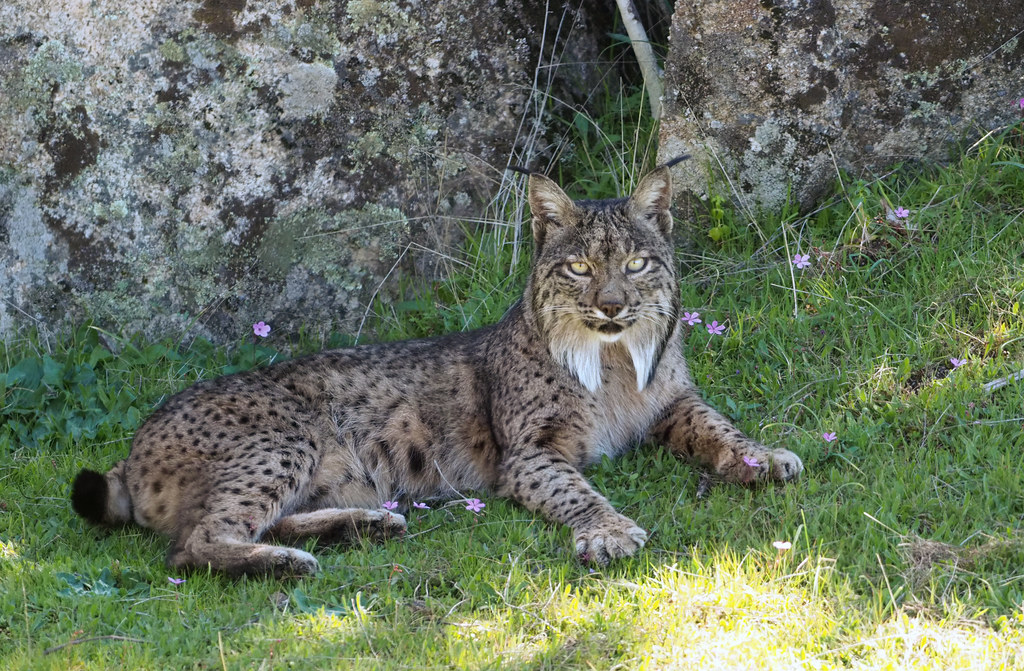
In 2002, it was the most endangered wild cat on the planet, with a population of only 94 animals. Native to Spain and Portugal, the Iberian lynx had been in precipitous decline for decades. It had been persecuted relentlessly by farmers, and the lynx wasn’t legally protected until the 1970s. Its main prey, European rabbits, had a population crash due to a virus.
Iberian lynxes are the only cat species to be considered Critically Endangered (IUCN’s highest risk category); as of 2005, there may be only 100 Iberian lynxes left in the wild. They live in 2-3 isolated areas in southern Spain. One of the reasons they’re so endangered is because they have specialized eating habits: rabbits make up 80-100% of their diet, and as the rabbit populations have suffered from disease, over-hunting by humans, and habitat change, the Iberian lynxes have likewise dwindled.
However, this story has a remarkable twist. Only 94 Iberian lynxes were alive in 2002, and while they remain endangered, their status has improved significantly. Numbers have increased to over 1,100 due to conservation efforts according to recent conservation reports. Through dedicated breeding programs, habitat restoration, and prey species recovery, the Iberian lynx has become a conservation success story, though it remains one of the world’s most elusive cats.
Conclusion
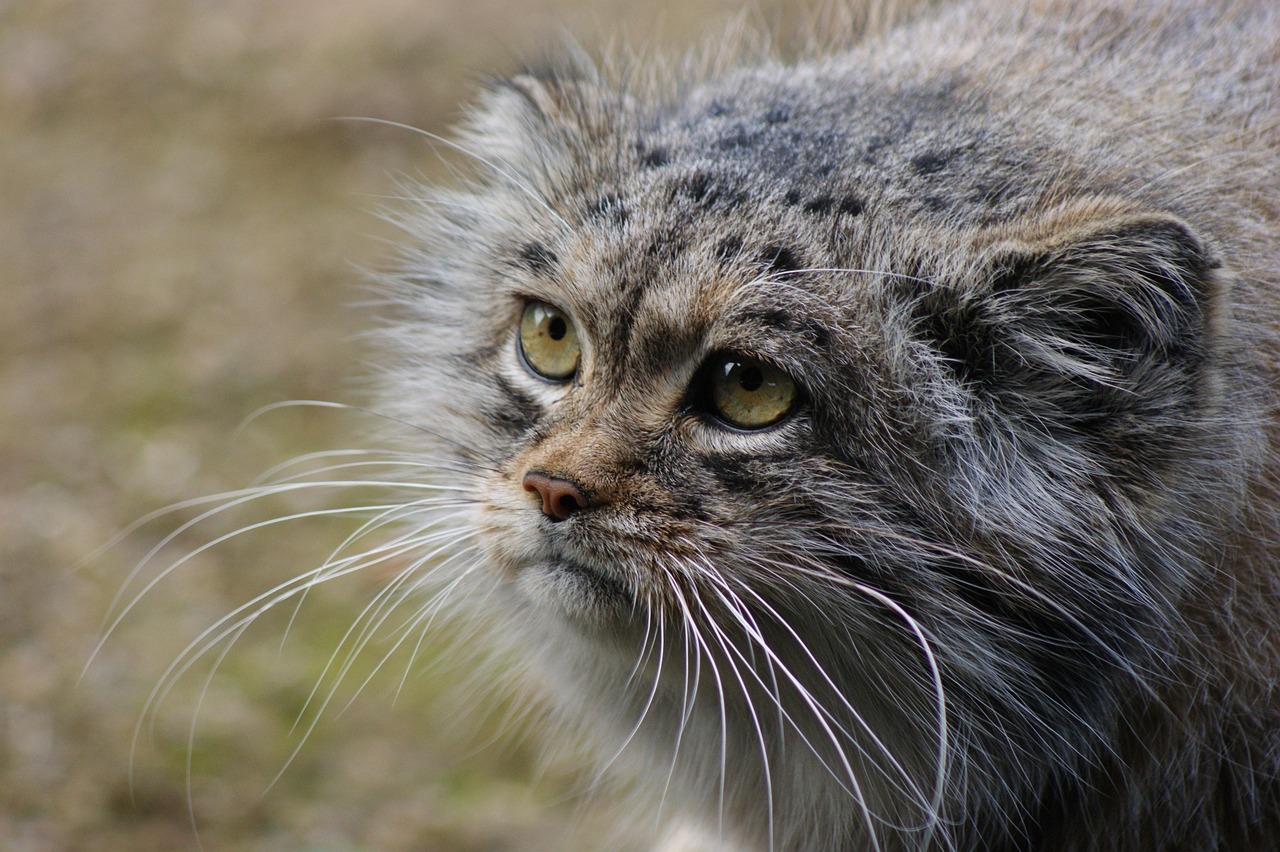
These eight elusive wild cats represent some of nature’s most extraordinary adaptations and survival stories. From the fish-catching Iriomote Cat of Japan to the high-altitude Andean Cat of South America, each species has evolved unique traits that help them thrive in specific environments. Yet their very specialization makes them vulnerable to rapid environmental changes.
What strikes me most about these remarkable felines is their resilience in the face of overwhelming odds. The Amur leopard’s recovery from just 30 individuals to over 130 shows that dedicated conservation efforts can make a real difference. The Iberian lynx’s comeback from near extinction proves that even the most endangered species can be saved with proper intervention.
These cats remind us that our planet still holds incredible mysteries waiting to be discovered and protected. Every camera trap photo, every scientific study, and every conservation dollar invested in their protection helps ensure future generations might catch a glimpse of these living shadows. What do you think about these amazing survival stories? Tell us in the comments.






